“We’ve got a friend here,” said Little Steven on May 4 at the Saban Theatre in Beverly Hills, Calif., as his band the Disciples of Play started playing “Tenth Avenue Freeze-out.”

And with that, Bruce Springsteen walked onto the stage, and joined the band for that song and the next two, “Sun City” and “I Don’t Want to Go Home.”

Miami Steve Van Zandt aka Little Steven, released a new album, Summer of Sorcery, on May 3, and this was one of two record release celebration concerts.
As EU luminaries lament the fractured, disorderly state of British politics, and urge that we decide what kind of Brexit we want, it should be remembered that there is already a majority in the House of Commons for a substantive solution which takes us into phase 2 of negotiations. This is the Brady amendment which provides that there should be legally binding alternative arrangements to the Irish backstop.
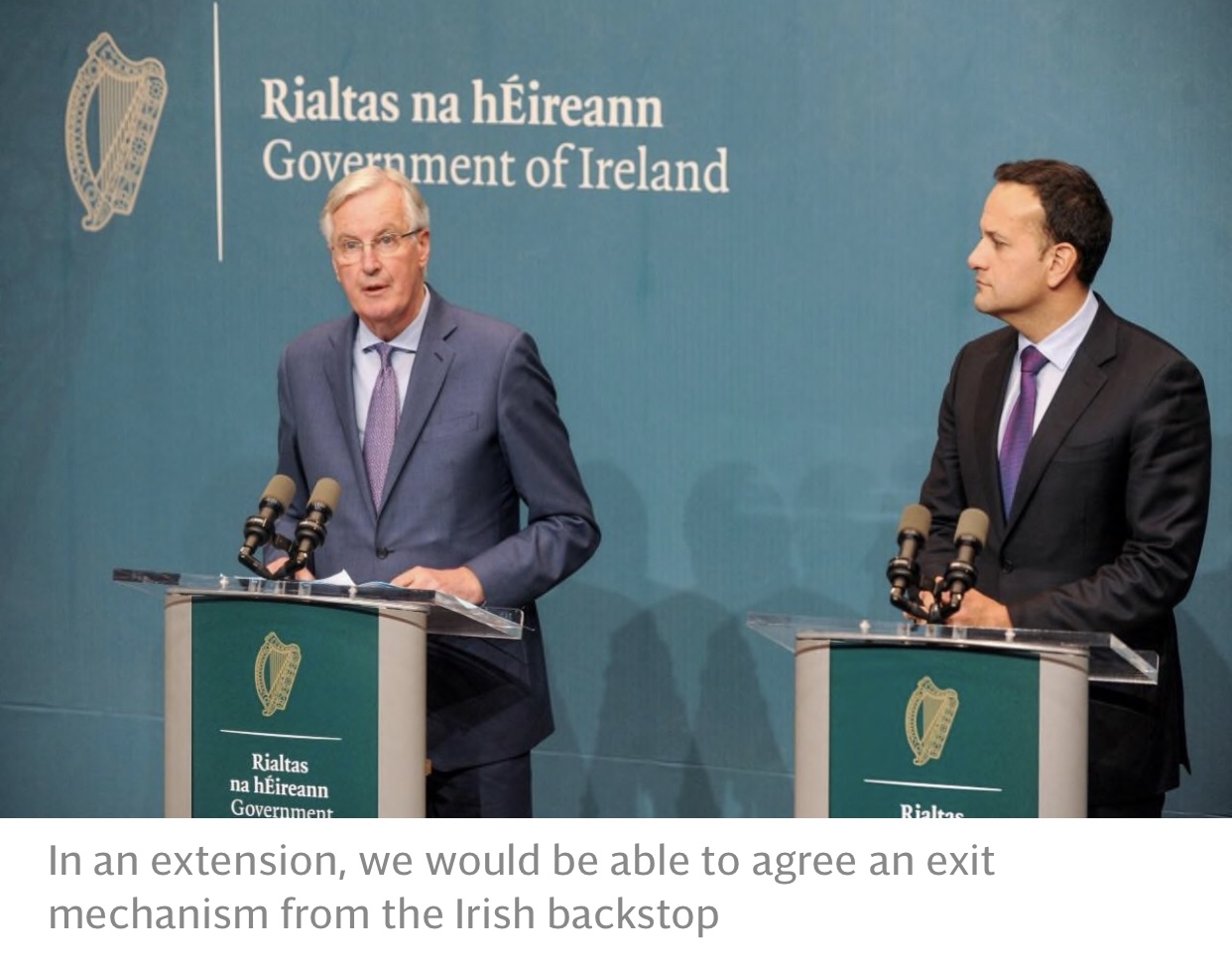
Although the PM’s withdrawal agreement was voted down as expected on December 12, the Brady amendment’s proposals were merged with the Malthouse Compromise, which brought warring factions of the Conservative Party together. Brady passed – largely because of progress in this area, and also because of commitments the government made about how phase 2 of the negotiations would be conducted with a new team and a new approach. The Prime Minister agreed to look seriously at the Malthouse Compromise, and extensive meetings were held in the Cabinet Office.

Frustratingly, for those MPs who were able to reach some consensus, these proposals were never put seriously to the EU. It is time now to recognise and take advantage of the only majority in the House of Commons – even after our MPs sat through multiple indicative votes. The EU cannot say that Parliament is not for anything. It is for the current Withdrawal Agreement with the Brady Amendment changes to the backstop.
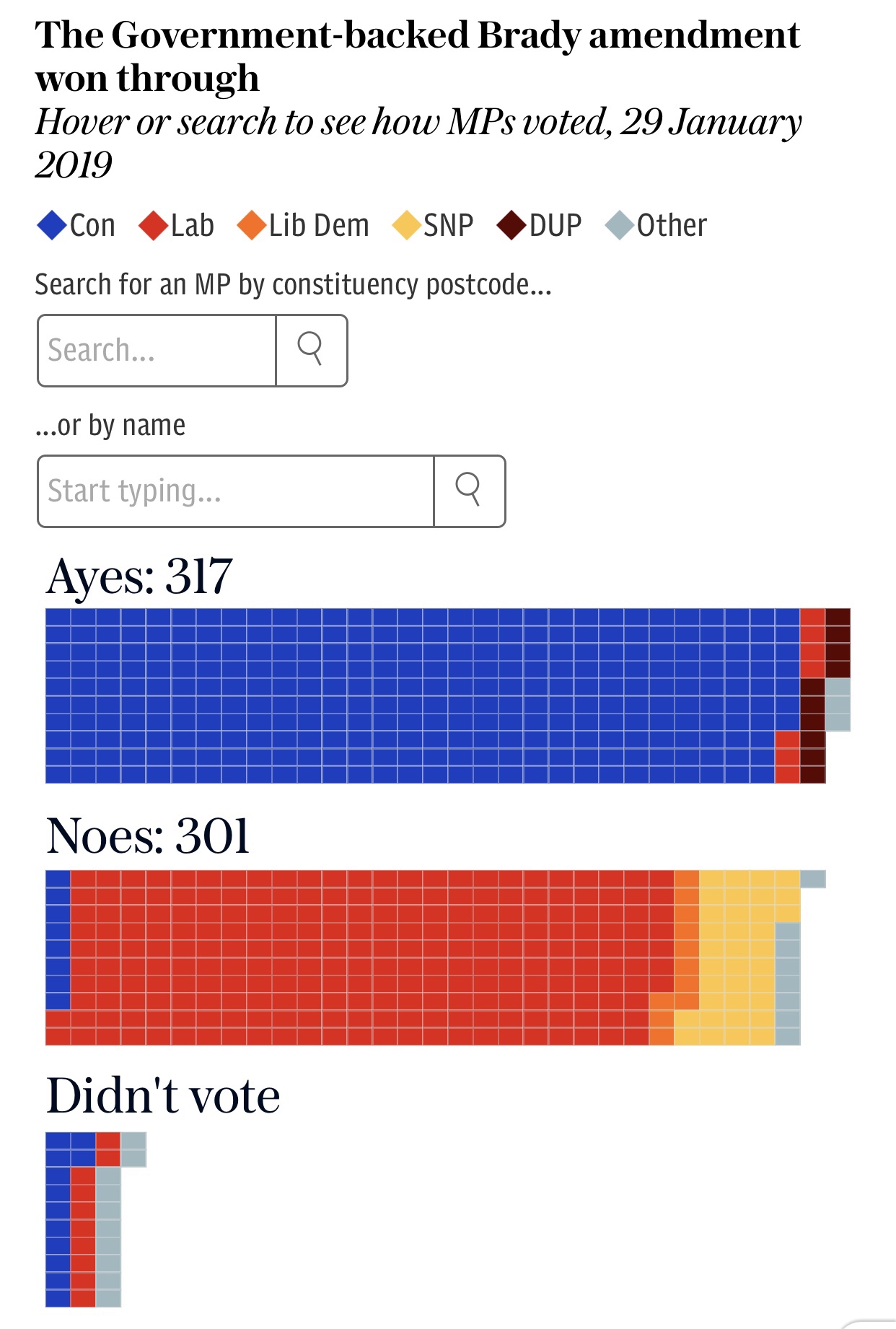
Now, we are talking about another extension or flextension, which would be an extension until there is an agreement. Such an approach is fraught with danger. Without the compression of a deadline, the process could drag on and on, leaving the UK in some perpetual transition which is what many countries already fear for it.
But in an extension, there are forces currently leading to a resolution which might even serve the UK’s national interest. When the French suggested that the UK should not get an extension, Chancellor Merkel said that there must be an orderly Brexit. Merkel has also talked about the Irish backstop as a “conundrum” and a “puzzle”, suggesting that she is open to solutions. Her party has now said they would be willing to engage in extensive talks on how to make alternative arrangements and thus avoid the backstop.
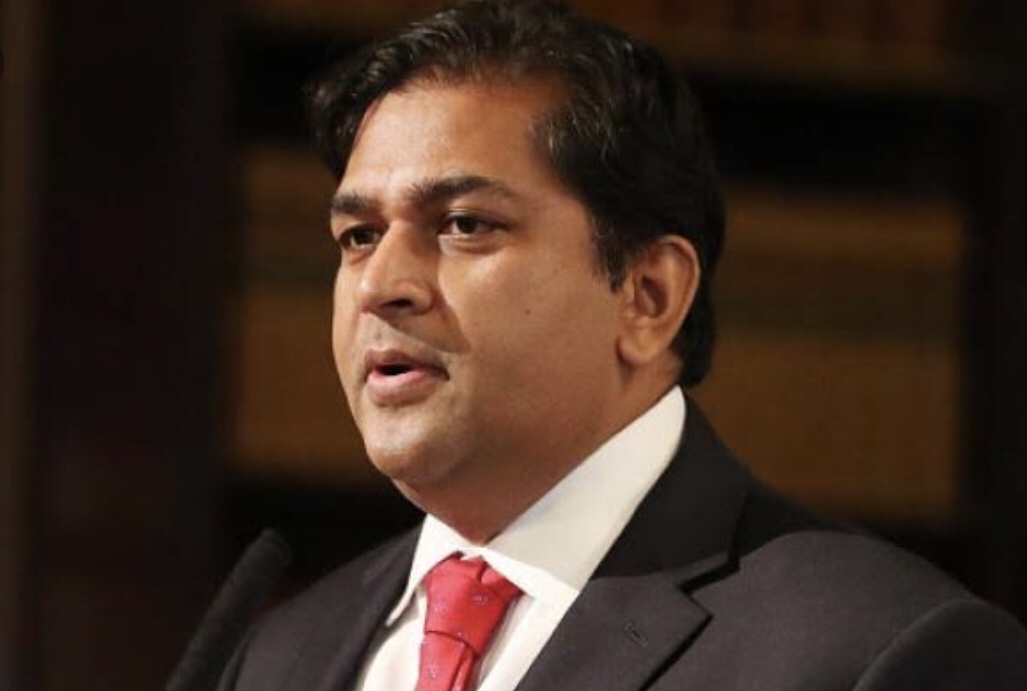
None of this has so far been taken up by the UK government, but even at this late stage it could be. When Michel Barnier and Leo Varadkar met to discuss no-deal planning on the Irish border they discussed the kinds of technical solutions proposed in the Brady amendment – not least because there are only a finite number of ways of solving the “conundrum” of the Irish border.
In an extension, it would be possible to agree these kinds of alternative arrangements and an exit mechanism from the Irish backstop, as was being discussed by the UK Attorney General in March. Since the backstop is currently a permanent arrangement, it cannot be compliant with EU law as Article 50 provides only for a temporary arrangement. Providing an exit mechanism would make these arrangements compliant with EU law. With political will, it should be possible to agree these quickly.
But the UK government has demonstrated that it can no longer govern, and it will be up to member-states of the EU, like Germany, who do not want to see a disorderly Brexit to take charge of this process. If we are ever to get into the far more important task of negotiations about our future economic partnership, it is critical that they act now.
There is a great danger that we will have a bad outcome simply because no one entity feels empowered to act.
Shanker Singham is CEO of Competere and lead author of Plan A Plus and A Better Deal.
Source: The Telegraph
i am in Sao Paulo, Brazil on my way back to Europe after a week in South America.
I have visted Sao Paulo many times and I have always felt at home here. While Rio den Janeiro is one of the most beautiful cities in the world, Sao Paulo is something else – and international business city, but still with all the charecteristics of Brazil.
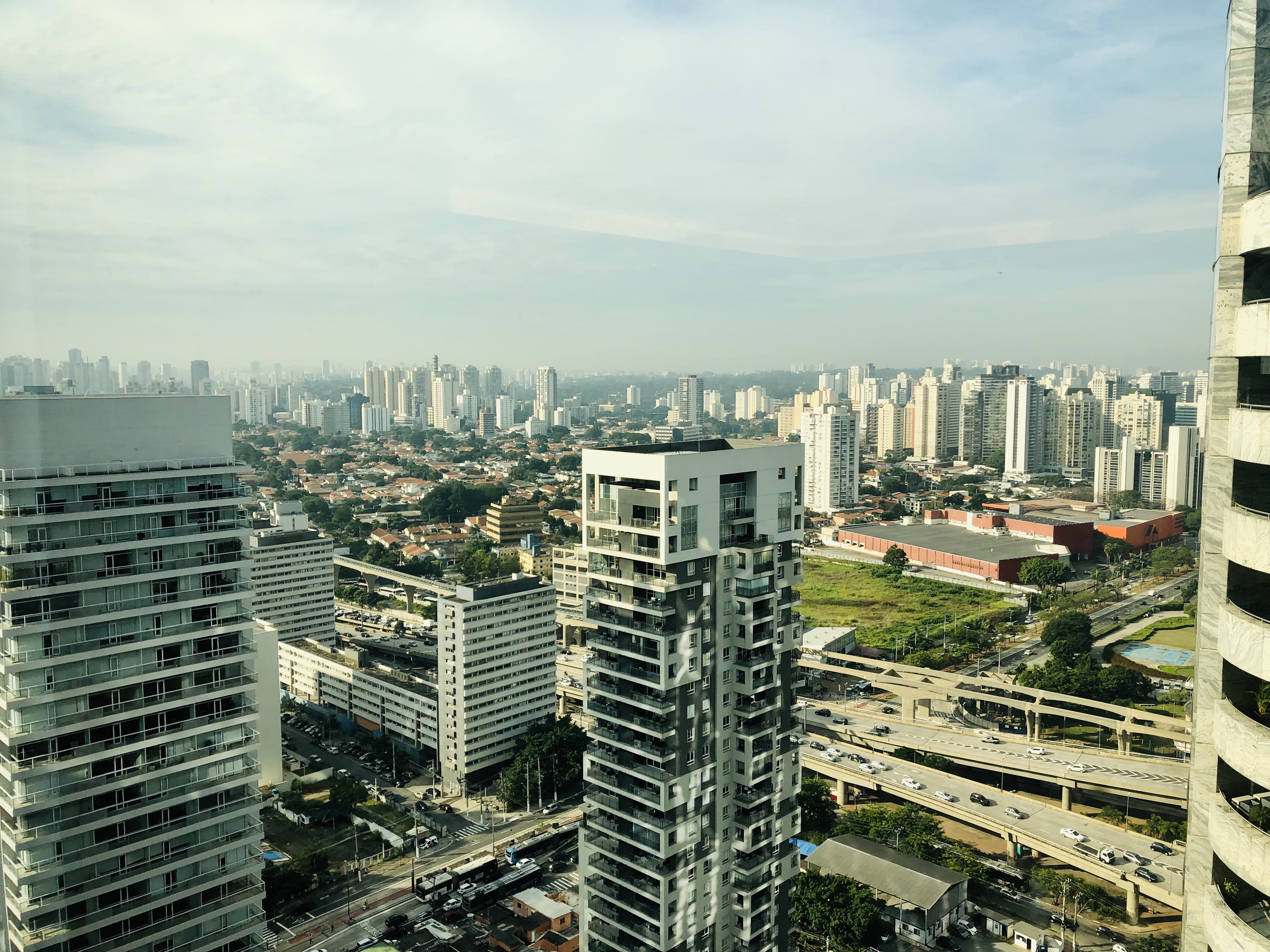
There are more than twenty million people living in the larger city of Sao Paulo, making this place one of the largest cities in the world.

There is no place I know and have visted, not even Dhaka, Bangkok, Mexico City, Mumbai or Jakarta, where there are traffic jams like here. One day a journey a few kilometers takes 20 minutes, the next day 4 hours.
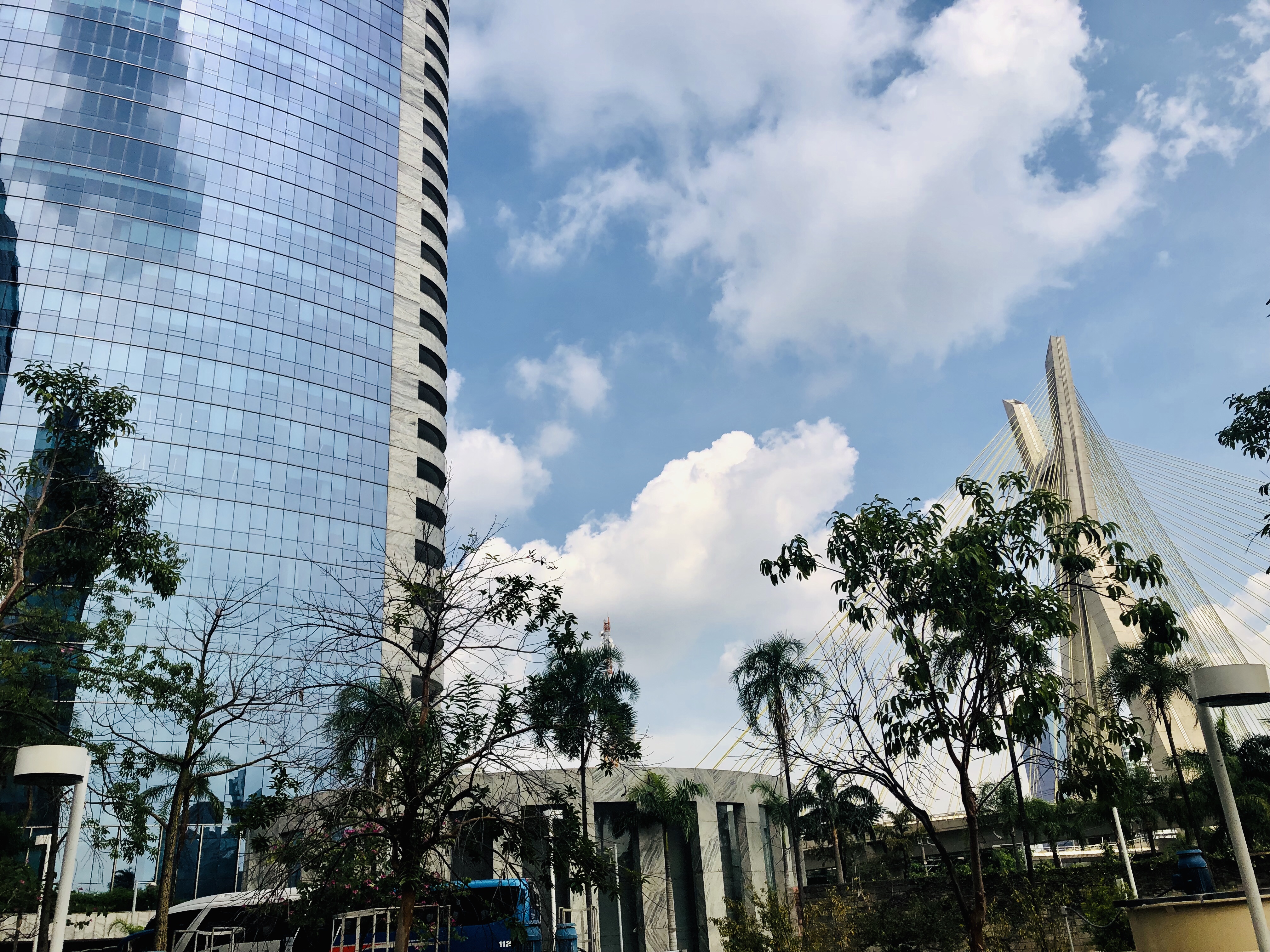
Like in many international business cities, companies from all around the world have estblished themselves here. So Sao Paulo feels in many ways like any other huge city – but as said, it has maintained its Brazilian soul rhorugh the people living here: the Paulistas.
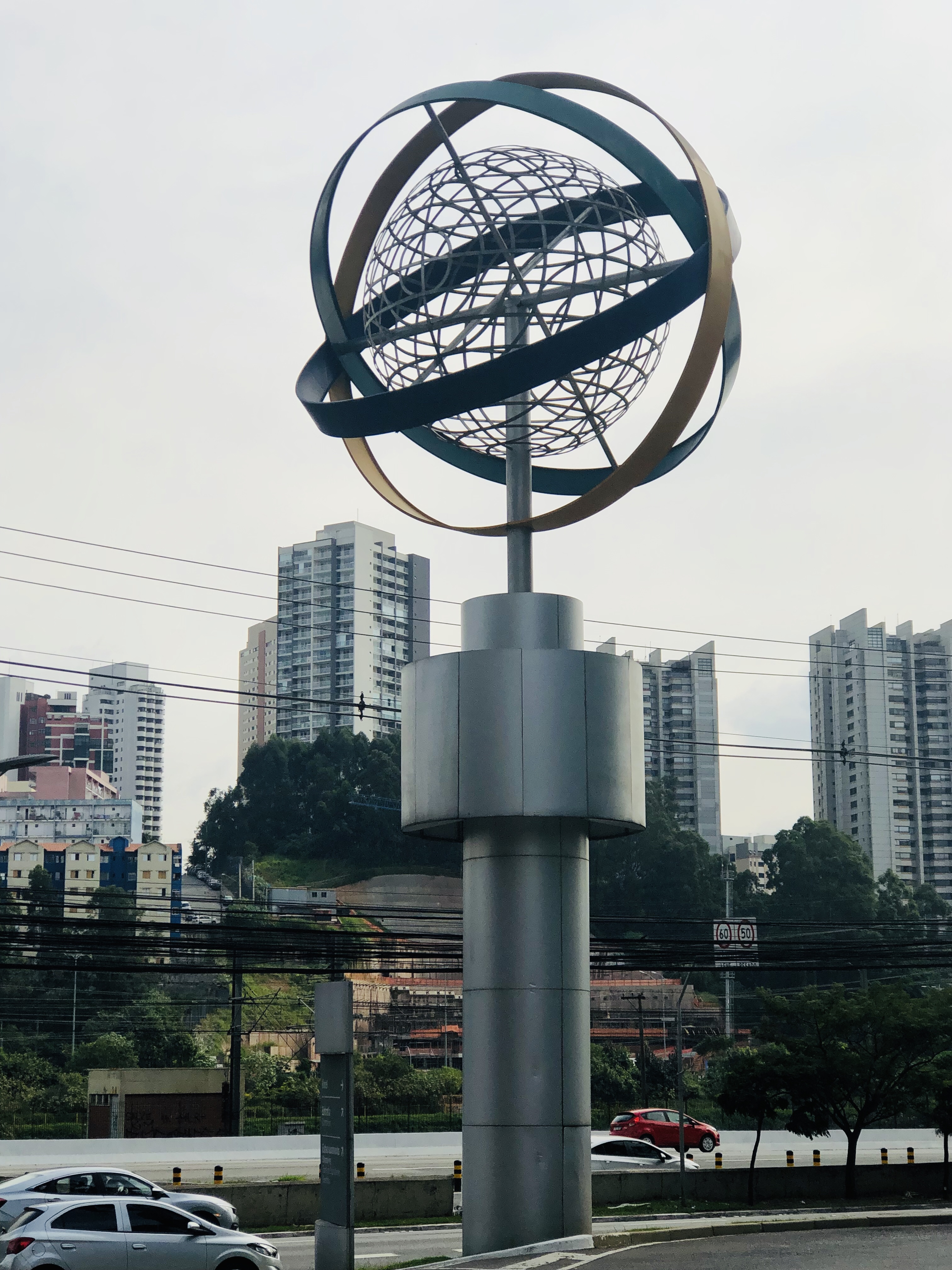
When taking a walk, which always do wherever I go – this time passing the World Trade Center in Broklin Movo, Jardins – I hear people everywhere sitting in the street outside a bar watching a football game on large screens saying: “Who are you?” “Where are you from?” “Sit down and have a beer and watch football with us”. For a football maniac this is heaven.
However, that openess, the attitude – is hard to find in other places. It is easy to get friends in Brazil.
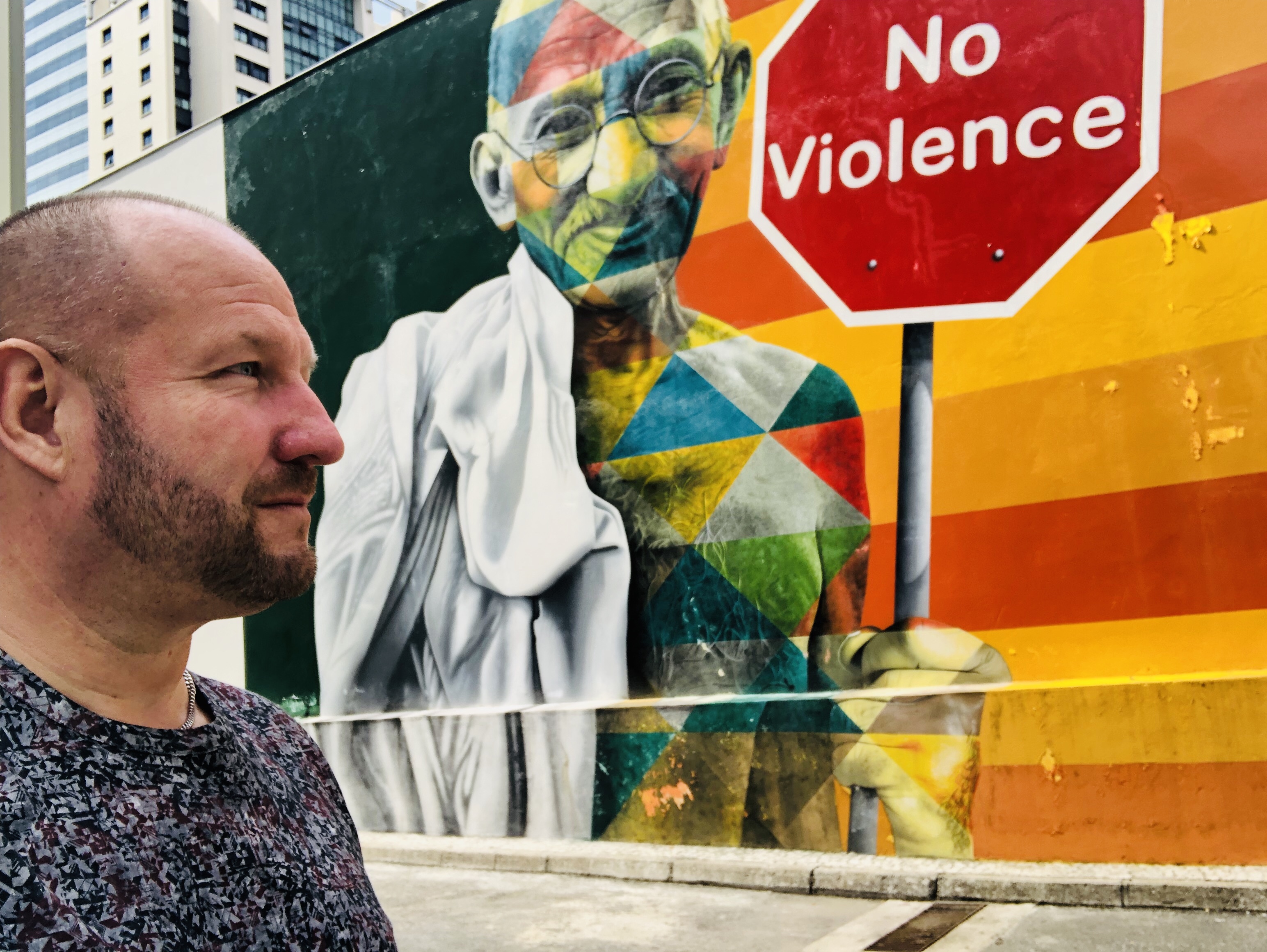
As a fan of StreetArt this coty offers a lot, everywhere – like this piece in Broklon Novo.
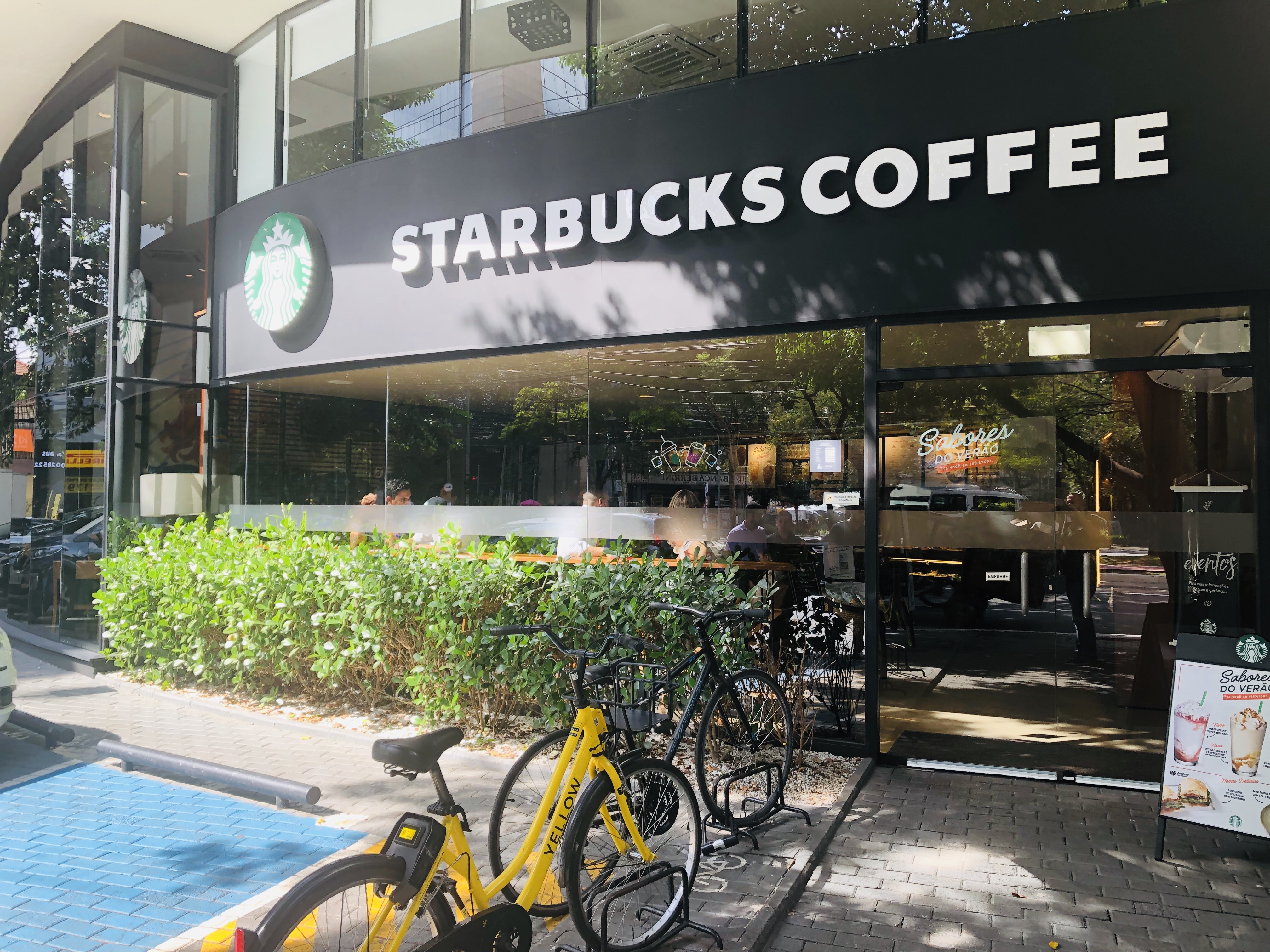
This is the Starbucks on Berrini that I sometimes visits. They have a world record for me since it today took them (4 barristas) 24 minutes to deliver my coffee, with seven customers in the cafe.

Will I come back and visit this fantastic city again? Yes, I will.



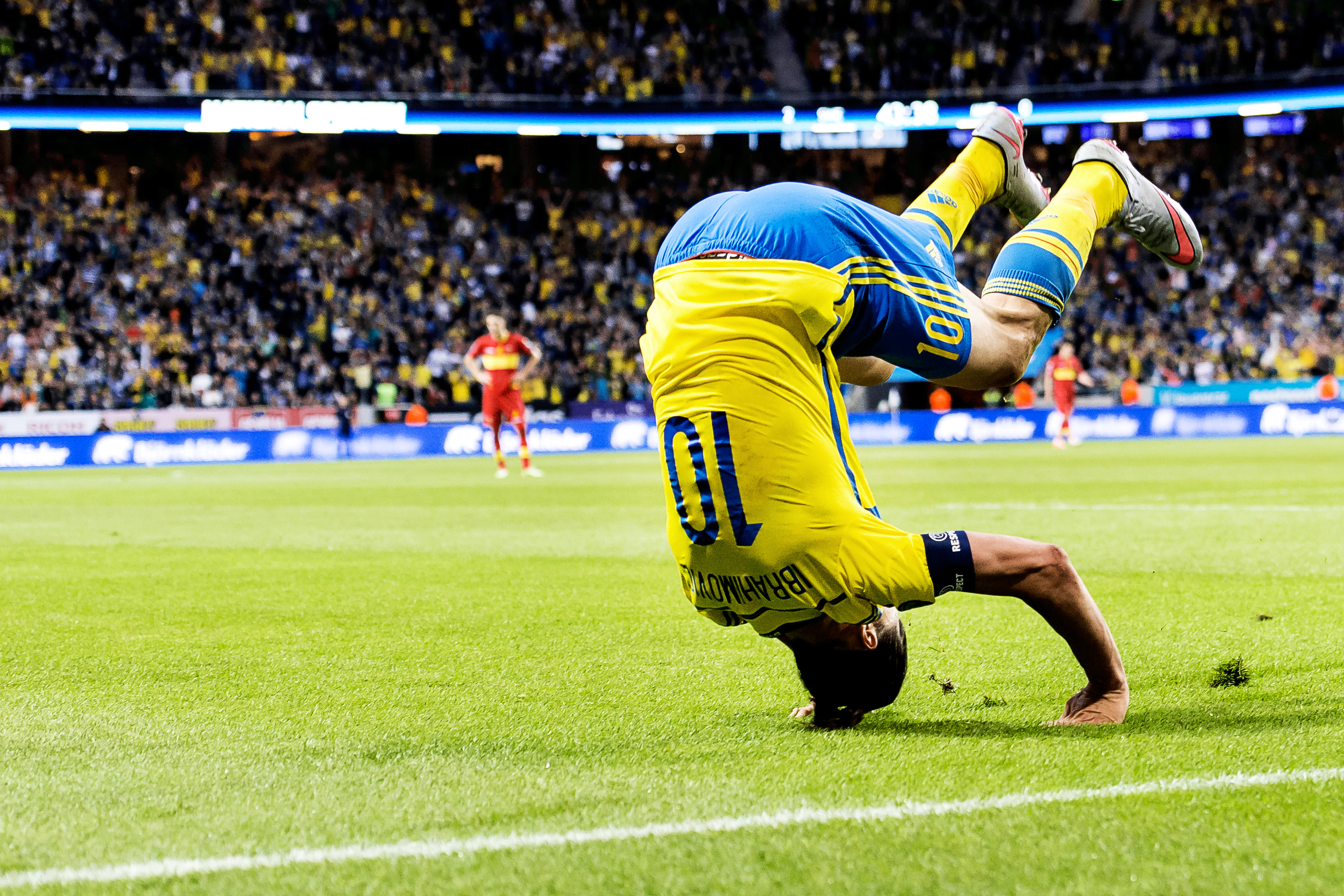


You must be logged in to post a comment.